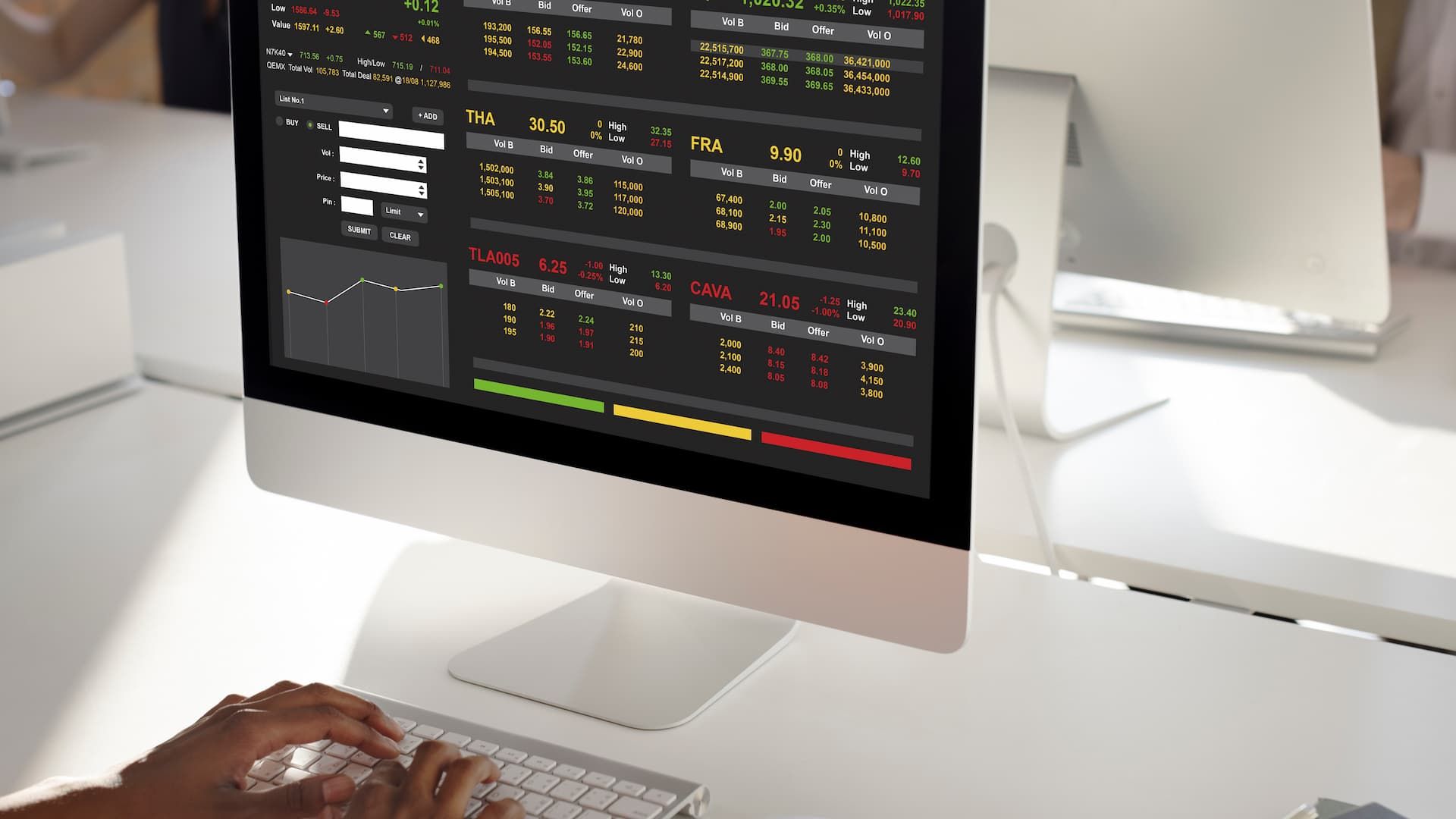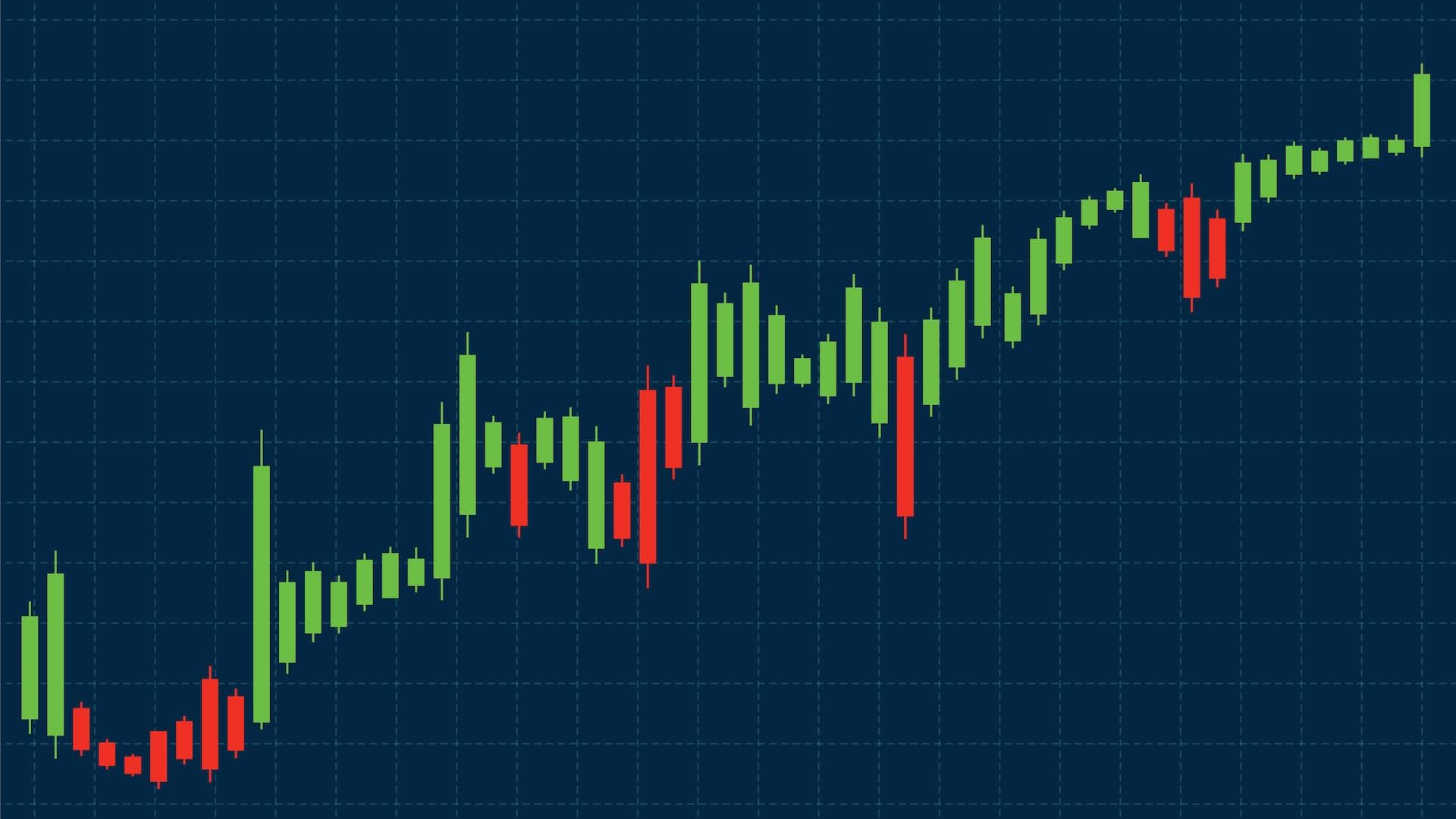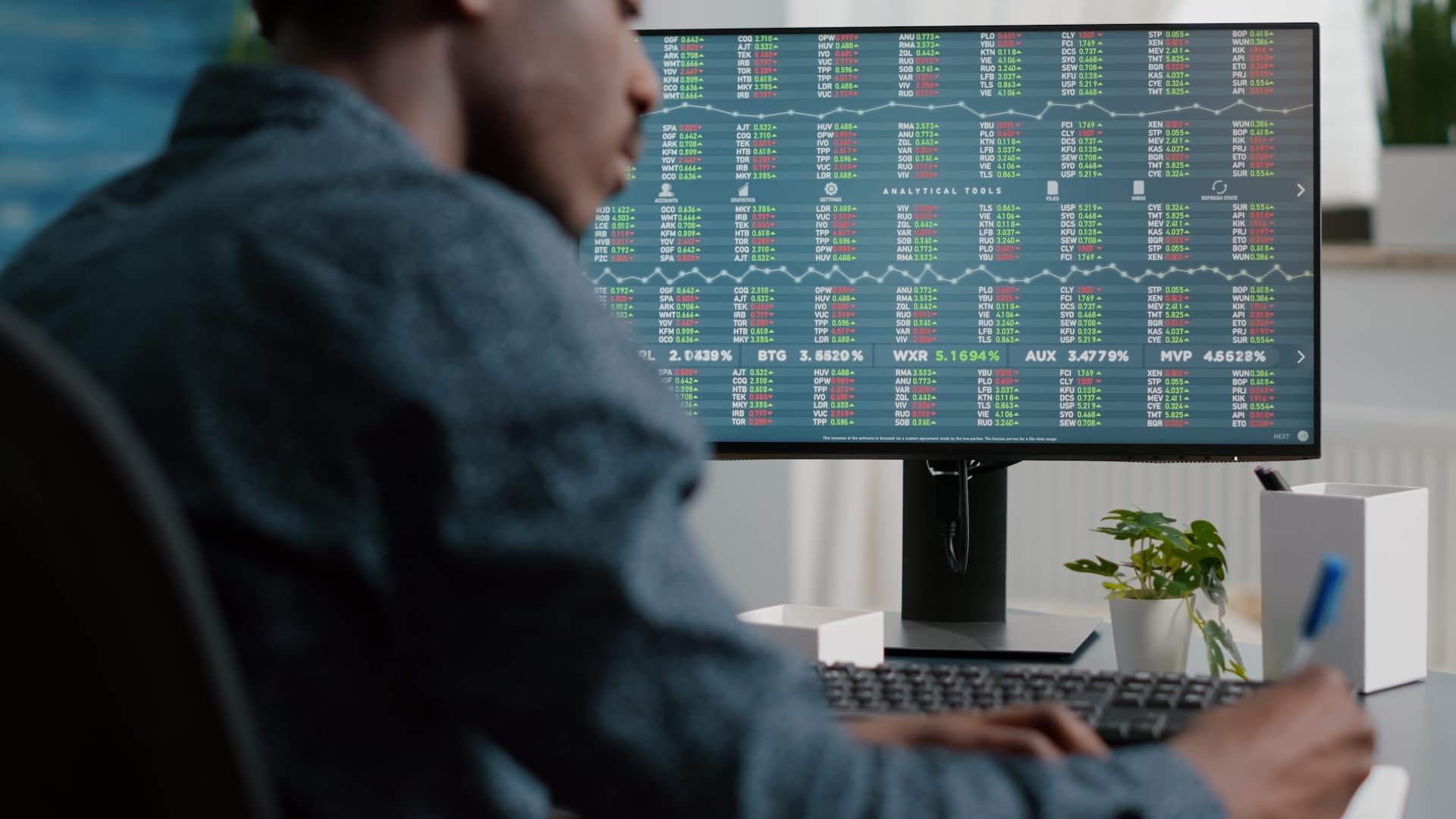When most beginners think about trading, they picture charts, price movements, and opportunities to make money. What often gets missed are the trading costs that come with every order. These costs can feel small at first glance, but over time they can eat into profits or even turn winning setups into losing ones.
Spreads, commissions, and the less obvious fees are not just technical details. They are part of your trading environment and knowing how they work gives you an edge. If you want to trade smarter, you need to understand how these costs show up, how they vary depending on market conditions, and how to keep them under control. Platforms like 24Markets.com are built to provide transparency, giving traders the ability to see spreads, fees, and costs clearly before executing trades. Having this information upfront makes it easier to plan a trading strategy that balances potential profit with realistic expenses.
Spreads in Forex Trading
What is a forex spread?
If you have ever traded in the forex market, you will notice there are always two prices for a currency pair: the bid price and the ask price. The difference between them is called the spread. This small gap is one of the most common trading costs. Every time you open a trade, you start slightly in the red because of the spread, and the market needs to move in your favor for you to break even.
Think of it like a built-in transaction cost that applies to every trade, no matter how small. In highly liquid pairs such as EUR/USD, spreads can be razor thin, making it easier to trade frequently without heavy costs. In exotic pairs, or when volatility spikes, spreads widen. That widening means the market has to move further before your trade becomes profitable, which can change the way you approach your strategy.
Fixed spreads vs variable spreads
Some brokers offer fixed spreads that do not change regardless of market volatility. This gives traders predictability, which can be useful for building a trading plan and managing risk tolerance. Other brokers provide variable spreads that shift based on market conditions. During calm, liquid hours you might see a tight spread, but when significant news hits or liquidity dries up, spreads widen quickly.
Each approach has its pros and cons. Fixed spreads can feel safe but might be priced slightly higher overall, which means you are paying for stability. Variable spreads can save you money during peak market hours, but you need to be ready for sudden increases when volatility strikes. Choosing between fixed and variable spreads often depends on your trading style, the times you prefer to trade, and your comfort with short-term price fluctuations.
How spreads affect your profit
The spread is a cost you pay whether you notice it or not. If you are day trading or using strategies that involve numerous trades, even a small difference in spreads adds up quickly. A narrow spread allows you to get into profit faster, while a wider spread means you need larger price movements just to cover costs.
Over time, this can make the difference between successful trading and a strategy that struggles. For example, a scalper who takes dozens of small trades per day needs the lowest possible spreads to stay profitable, while a swing trader holding positions for weeks might not feel the impact as strongly. Understanding this difference helps traders adjust their expectations and avoid frustration when calculating overall returns.
Brokerage and Advisory Fees
Common brokerage fees in financial markets
Outside of forex, trading costs often come in the form of brokerage fees. These are the charges applied when you buy or sell financial instruments such as stocks, exchange traded funds, or options. Depending on the broker, you may also face inactivity fees, transfer fees, or withdrawal fees. For active traders, these additional fees can pile up faster than expected, especially if you are making numerous trades throughout a trading day.
Even if you trade less frequently, these costs should not be ignored. Long-term investors in mutual funds, for instance, may not pay attention to transaction fees but can still lose money if they overlook annual charges. Knowing what to expect allows you to plan ahead and choose a broker that aligns with your trading journey.
Advisory fees and expense ratios
For traders and investors who rely on professional advice, advisory fees become part of the picture. Mutual funds and ETFs also charge expense ratios, which represent annual fees deducted from your investment. These may seem small as a percentage, but over years they reduce your net profits in noticeable ways.
For example, a 1% expense ratio may not feel like much in one year, but over decades it can take a large slice of your potential gains. Understanding them is critical, especially if your investment account is geared toward long-term growth. Comparing advisory fees across options and asking questions about how they are calculated helps you make more informed financial decisions.
How brokers charge for forex and options trading
In forex trading, brokers typically earn from spreads, commissions, or a mix of both. Some may promote “free trades” but widen the spread, while others charge a clear commission on each side of the trade. Options trading works differently. Here, costs are tied to contracts with different strike prices, and each trade usually includes a transaction fee.
Knowing how your broker charges is key for managing trading performance and avoiding unnecessary costs. For traders who focus on options or high-frequency forex strategies, even a small difference in fees can have a big impact on long-term results. This is why transparency from your broker matters and why platforms such as 24Markets.com are designed to make those costs visible upfront.
Costs in Day Trading and Forex
Understanding spreads in currency pairs
Currency pairs are not all equal. Major pairs with high trade volume, like EUR/USD or USD/JPY, usually have lower transaction costs thanks to strong market liquidity. Exotic pairs often have wider spreads due to lower participation and higher market risk.
For day traders, who might execute dozens of trades in a single trading day, these differences in spreads can make or break profitability. A strategy that looks good on paper might fail in practice if you ignore how much the spread eats into each trade. Paying attention to the currency pair you are trading is just as important as spotting the right entry and exit points.
Hidden costs that impact day trading
Day trading comes with more than just spreads and commissions. Some brokers apply small admin fees, withdrawal fees, or separate fees for holding a position open overnight. Even if each fee looks minor, they accumulate quickly when trading frequently.
There are also costs related to slippage, especially during volatile moments when the execution price differs from the one you expected. Many traders fail because they underestimate these costs and ignore them in their calculations. Building them into your risk management strategy helps you avoid surprises that could derail your trading day.
How to calculate total trading expenses
Calculating costs is not complicated once you know what to include. Start with spreads, add any commission or transaction fee, and then consider additional charges like financing costs. For example, trading with a 0.3 spread on a major currency pair might seem cheap, but if your broker also applies commissions and you hold the trade past market close, the actual cost is higher.
Platforms like 24Markets.com make it easier to calculate these expenses in real time, helping you make informed trading decisions. By keeping track of actual trading expenses, you can also compare strategies more accurately and understand which trading style suits your budget best.
Maximizing Returns While Minimizing Costs
Choosing brokers to reduce fees
One of the most effective ways to reduce transaction costs is by carefully choosing your broker. Look for transparency in spreads, commissions, and other fees. A reliable trading platform with competitive pricing can save you significant amounts over the course of your trading journey.
At 24Markets.com, for instance, you can view spreads and fees upfront, allowing you to align your trading style with the lowest possible costs. For new traders, this transparency builds confidence, and for experienced traders, it ensures that strategies are executed under fair conditions.
Strategies to make money despite spreads
Spreads and commissions are part of trading life, but successful traders develop strategies that minimize their impact. This often means trading during peak market hours when spreads are tighter, or using position trading where larger price movements make costs less important.
A disciplined risk management strategy that includes stop loss levels and clear profit targets also ensures that costs do not overwhelm your trading plan. Over time, consistently applying these principles can help you make money despite spreads, giving you confidence in both short-term trades and longer-term investments.
Comparing forex spreads across brokers
Not all forex spreads are equal. Some brokers may offer a tight spread on major currency pairs but charge higher fees on exotics. Others might offer free trades but add wider spreads. The only way to know what you are really paying is to compare spreads and commissions side by side.
Doing this helps you select the broker that matches your trading style, whether you are focused on day trading, swing trading, or long-term investing. It also teaches you the importance of looking beyond marketing claims and focusing on actual costs. With 24Markets.com, you can review spreads clearly before entering trades, allowing you to plan with accuracy and trade with confidence.











